Even the tidiest homes can feel chaotic without the right storage—but not all organizing ideas are as helpful as they seem. Some so-called “genius” hacks only work if your home is basically empty to begin with. These ideas look great in magazine spreads or Pinterest boards, but in real life, they tend to crumble under the weight of actual stuff. If your household includes kids, pets, hobbies, or, well, more than one pair of shoes, you’ll recognize how quickly these tips fall short. Before you invest in another “game-changing” storage solution, make sure it actually works for people with, you know, stuff.
1. Floating Shelves as a Closet Replacement
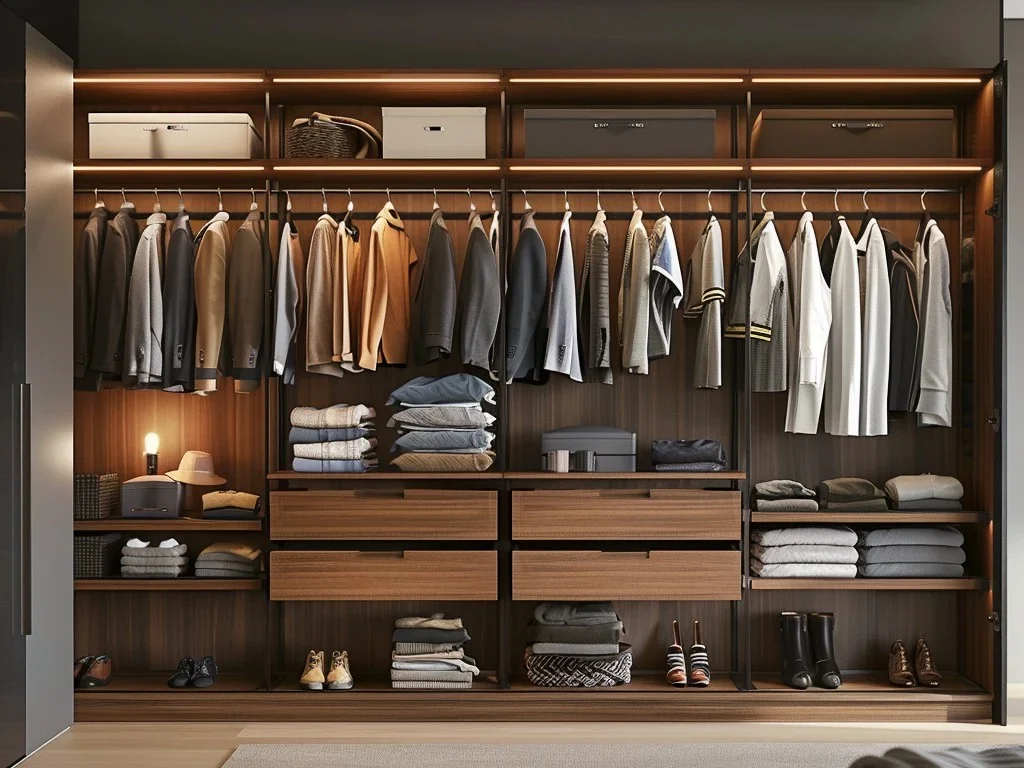
According to Architectural Digest, floating shelves can add light and visual airiness to a room, but they’re no match for the function of a real closet. These shelves may look good in theory, but try hanging five sweaters, two coats, and your laundry bag, and things go downhill fast. Floating shelves are best for a few well-placed books or decorative pieces—not your entire wardrobe. Unless you’re intentionally living out of a capsule collection, this setup creates clutter instead of minimizing it.
They also do nothing to conceal the mess that naturally builds up around clothing and accessories. Even if you fold everything nicely, a pile of sweaters still looks chaotic when it’s out in the open. Plus, without a place to hang things, you’ll end up draping items on chairs, doors, or the back of your couch. The result is a space that always looks half-unpacked, no matter how hard you try.
2. One Decorative Basket for Everything

Real Simple praises baskets for their style and versatility, but many people make the mistake of thinking one basket can organize an entire room. In reality, that single storage bin quickly becomes a black hole for random junk. What starts as a tidy solution ends up as a tangle of cords, toys, throw blankets, and unopened mail. Instead of organizing, it hides the mess—and only until you need something.
Without dividers or designated purpose, these baskets don’t actually help you sort or store. You end up digging through them every time you lose the remote or your favorite book. If you’re serious about decluttering, a single basket per room just isn’t enough. Go for multiple bins with clear functions, or risk living in a permanent state of rummaging.
3. Under-Bed Drawers as Your Only Dresser
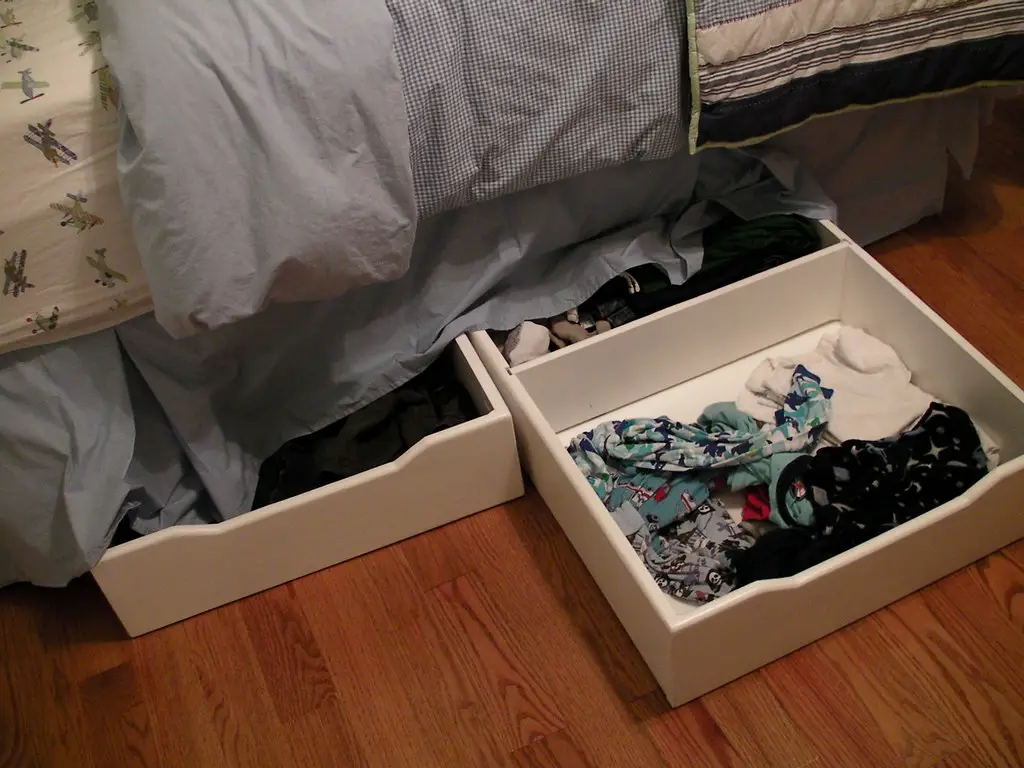
According to Better Homes & Gardens, under-bed storage is a smart way to maximize space, especially in small bedrooms. But while it’s helpful, it can’t replace a full dresser. These drawers tend to be shallow, awkward to access, and limited in capacity. Unless you’re only storing off-season items, they simply can’t keep up with daily needs.
They also require discipline to stay tidy—something that’s not always realistic. Clothes shift, wrinkle, or pile up in weird ways when stashed under a bed. Plus, let’s be honest: it’s not exactly convenient to squat and shuffle bins every morning. Use this space as a backup, not the foundation of your storage strategy.
4. A Single Pegboard for an Entire Kitchen

HuffPost notes that pegboards are a charming way to display and access your cooking tools, but they’re better as accents than as primary storage. When people try to cram their entire kitchen setup onto one board, the result is visual overload. Pegboards don’t hold bulk or weight well, and your wall ends up cluttered and chaotic. Plus, oil and steam from cooking can create grime that’s tough to clean off hanging utensils.
Real kitchens need drawers, cabinets, and hidden storage to handle the realities of cooking. A pegboard works well for a few go-to tools or a cute mug collection—but not all your pots, pans, and spatulas. Most homes require closed storage to maintain a sense of calm and hygiene. Without that, your kitchen looks like a garage sale exploded on the wall.
5. Ladder Shelves for All Your Books

Ladder shelves are stylish and space-saving, but they’re far from practical for serious book lovers. Their narrow width and leaning design limit how many books they can safely support. Stack too many novels, and you’ll notice the entire unit start to tilt or bow. They’re better for displaying trinkets or a small handful of coffee table books.
The open sides also allow books to slide off easily if bumped or overloaded. If you’ve got a collection of paperbacks, hardcovers, or bulky cookbooks, you’ll outgrow this shelf within a week. A full bookcase with sturdy sides and adjustable shelves works better in the long run. Save ladder shelves for style—not substance.
6. Wall-Mounted Spice Racks as Pantry Substitutes

A wall-mounted spice rack can tidy up your oregano and paprika, but it’s not going to help with boxes of pasta or canned tomatoes. These racks are meant for small jars, not full-on pantry overflow. They look great in photos but have very limited function when you actually cook. The moment you try to expand beyond twelve spice jars, you’re out of room.
Also, wall space in kitchens is usually prime real estate. Dedicating it to spices might mean sacrificing room for cookware or open shelving. While a rack is a cute addition, it’s no substitute for a real pantry or even a deep drawer. It’s one of those “solutions” that works only for people who never cook.
7. Open Cube Shelving as a Closet Replacement

Open cube shelves seem like a good idea—until you try to store more than a few pairs of shoes and a stack of T-shirts. These units often lack the height and depth needed for real clothing storage, especially for items like jackets, bags, or folded jeans. Without doors or drawers, everything you own is on full display, which can make a room look cluttered even when it’s technically organized. Plus, it’s way too easy for things to fall behind or become jumbled.
While cube storage works well for toys, linens, or accessories, it doesn’t replace the need for a functional closet. Items tend to overflow quickly, especially if you share a space or just have a normal amount of clothes. Unless you live like a minimalist influencer, you’ll be constantly battling visual chaos. Closed storage almost always wins when it comes to keeping a space feeling calm and clean.
8. Decorative Wall Hooks for Full Coats and Bags
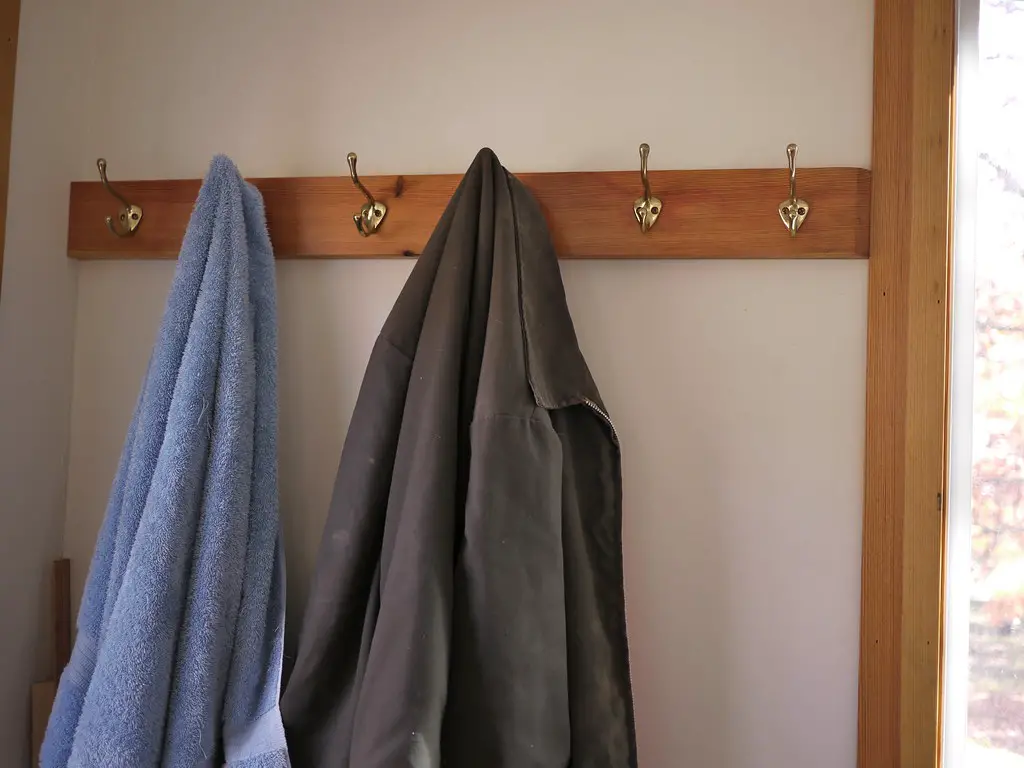
Wall hooks can be charming, but they stop being helpful the moment you try to hang anything heavier than a hat. Most aren’t designed to support the weight of winter coats, purses, or backpacks over time. Eventually, they bend, rip out of the wall, or start looking like a coat explosion. Hooks are best for quick grabs, not long-term storage.
They also create a visual mess if overloaded. What starts as “functional décor” quickly turns into a jumbled pile of straps, sleeves, and scarves. If you don’t have a proper coat closet, consider a sturdy wall-mounted rack with support brackets instead. That way, your gear stays accessible and your wall stays intact.
9. Single-Drawer Nightstands for Multi-Purpose Bedrooms
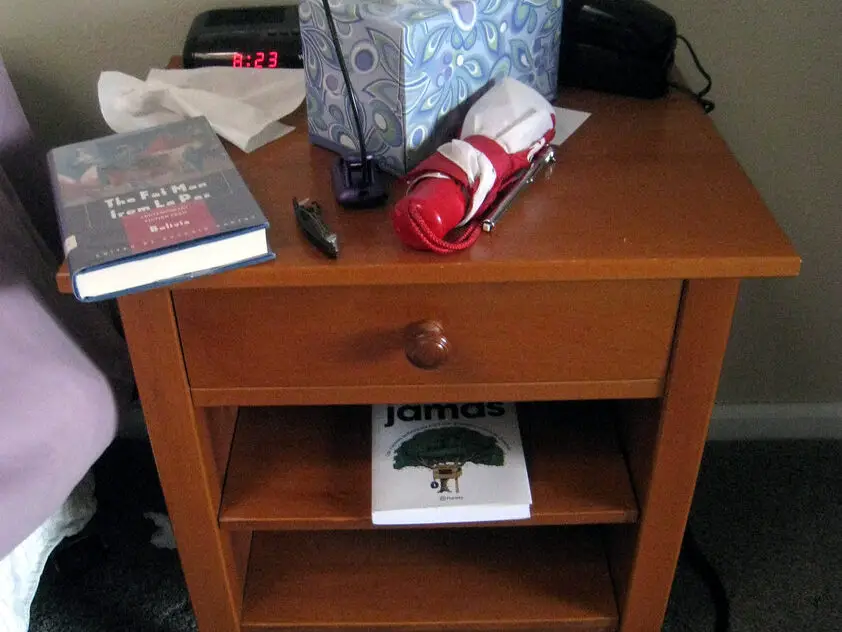
When your bedroom doubles as a workspace, yoga zone, or entertainment hub, a tiny one-drawer nightstand doesn’t cut it. These minimalist pieces might be cute, but they offer next to no real storage. There’s nowhere for books, chargers, glasses, or the inevitable mystery items you collect over time. You’re left balancing everything on top, which invites clutter.
If your lifestyle demands flexibility, your furniture needs to keep up. Opting for a nightstand with drawers, shelves, or even a cabinet-style door gives you more room to store without sacrificing style. One drawer might work in a guest room, but for daily use, it’s just not enough. Bigger isn’t always better—but in this case, it definitely helps.
10. Entryway Benches With No Storage Underneath
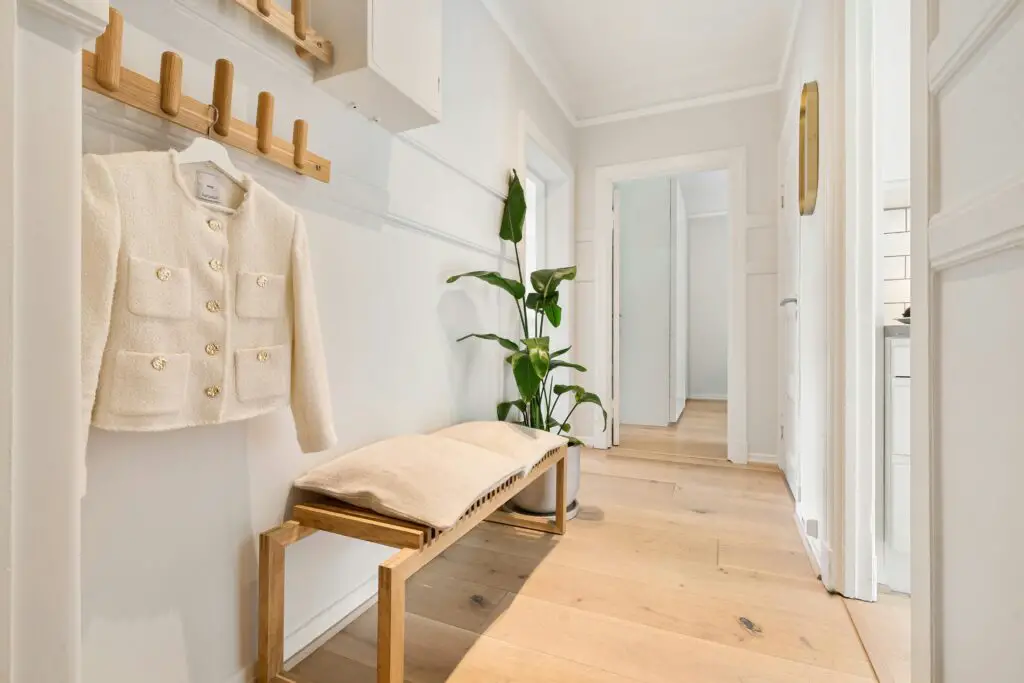
Benches in the entryway are great—unless they’re just… benches. Without baskets, cubbies, or drawers underneath, you’re wasting prime organizational real estate. Shoes pile up on the floor, bags get dumped nearby, and suddenly your clean foyer turns into a minefield. Function should match form, especially in small spaces.
Choosing a bench with built-in storage makes a world of difference. You can stash shoes, seasonal accessories, or pet gear all out of sight but within easy reach. That way, guests aren’t greeted with chaos as soon as they walk in. A bench that only offers a place to sit isn’t pulling its weight in the modern home.
11. Rolling Carts as Permanent Storage
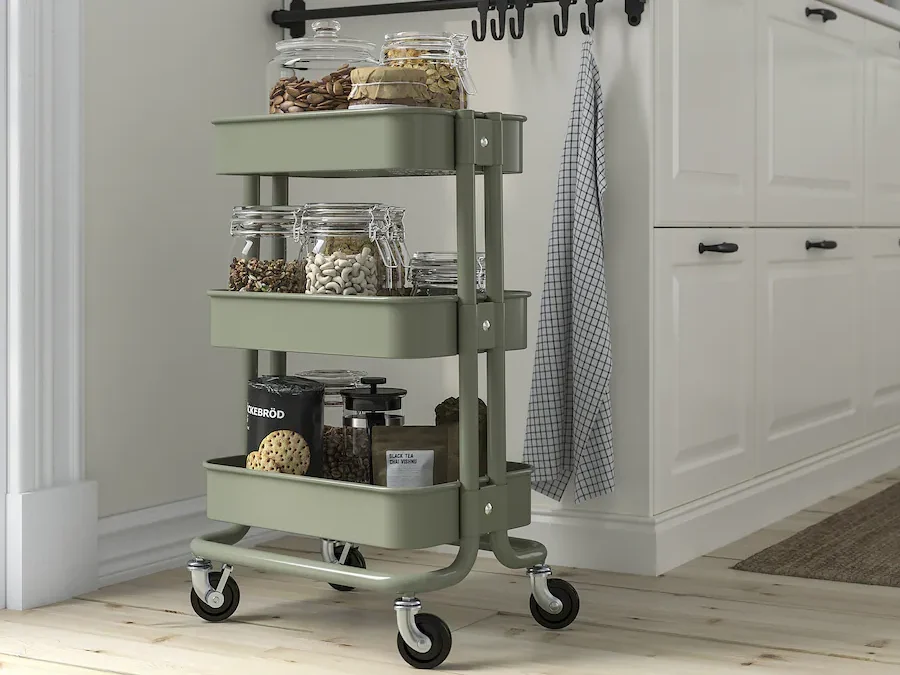
Rolling carts are a Pinterest darling, but they rarely work long-term unless you live alone and never move them. The shelves are small, shallow, and often too narrow for anything bulky or oddly shaped. What’s worse, they collect dust quickly and rarely roll as easily as advertised. Most people end up parking them in a corner—making them stationary clutter.
They’re fine for craft supplies or a coffee station, but they aren’t built for serious storage needs. Once you start piling things on, it’s harder to keep the cart looking neat or useful. You’ll spend more time managing the mess than enjoying any saved space. A dedicated shelf or cabinet will always feel more stable and tidy.
12. Over-the-Door Organizers for Every Category
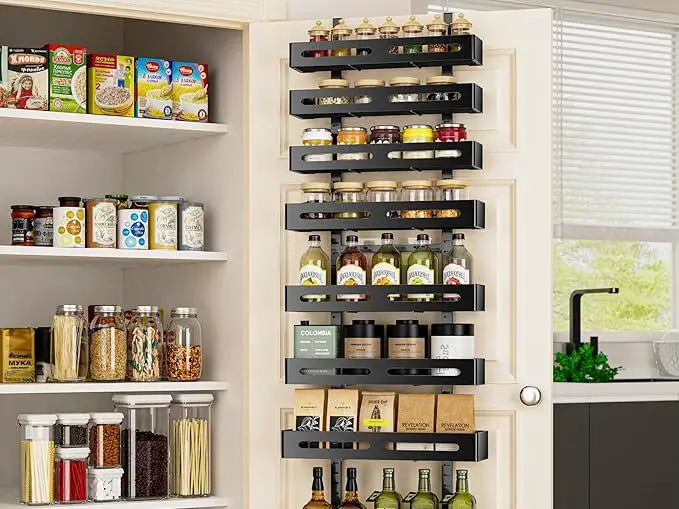
Over-the-door organizers can work wonders—for one category, like shoes or toiletries. But using them for everything from snacks to cleaning products to craft supplies quickly turns your doors into floppy chaos zones. They start to bulge, sway, or even prevent the door from closing properly. Plus, they’re rarely deep enough for anything substantial.
They also invite a “throw it in and forget it” mentality. Items fall into pockets and vanish for weeks or months, making them harder to retrieve than if they were stored in a proper drawer. If you’re constantly retrieving fallen items from behind the door, it’s not helping you stay organized. Use them sparingly and with a specific purpose in mind.
13. Decorative Ladders for Blanket Storage
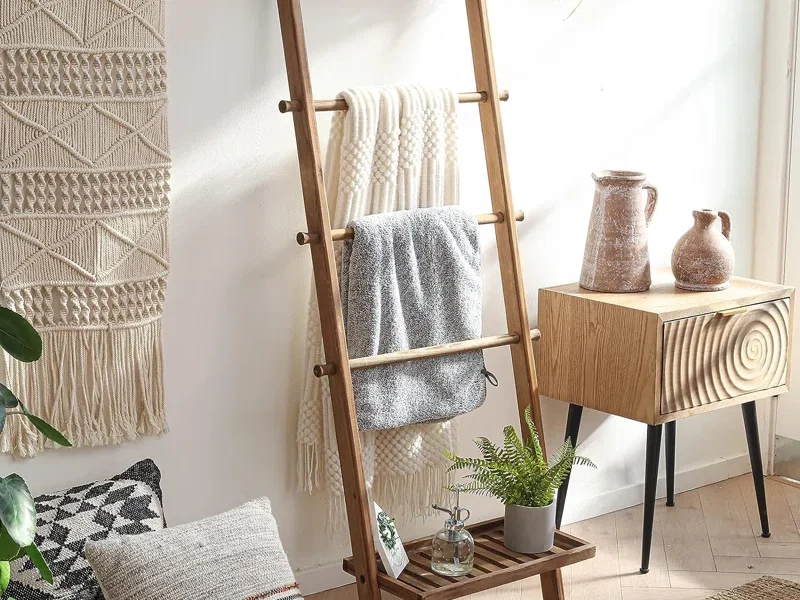
Leaning blanket ladders look cozy in lifestyle photos, but they only work if you have two throws and never actually use them. Once you start pulling blankets down and tossing them back up, the whole thing turns messy fast. They don’t hold much and often become unstable or tip-prone with frequent use. They’re more style than substance.
Plus, folded blankets on a ladder don’t stay neatly draped unless you’re constantly adjusting them. This creates an ongoing maintenance loop that most busy households won’t keep up with. A trunk, storage ottoman, or basket with a lid does a much better job of keeping things accessible and tidy. Decorative ladders are charming—but only if you live like you’re staging a magazine shoot.
